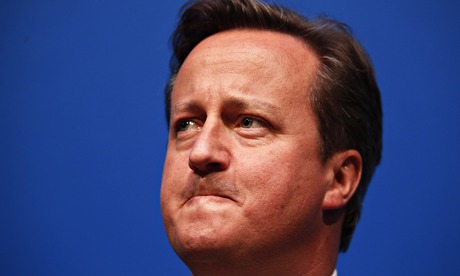Setting
- Birmingham 1919
- Chinese quarter
- Houses in industrial area
- Canals next to factories
The show is set in Birmingham in the year 1919. The opening is set in a busy Chinese market area which helps to establish the cultural diversity of the city.
The action then moves to dirty, muddy streets in an industrial area. The air is thick with smoke, the houses black with soot. It is a filthy, impoverished area. Later we see canals and factories reinforcing the idea of Birmingham as an industrial centre. The setting suggests a gloomy atmosphere. The world the characters are moving through is gritty, unpleasant and dark.
The action then moves to dirty, muddy streets in an industrial area. The air is thick with smoke, the houses black with soot. It is a filthy, impoverished area. Later we see canals and factories reinforcing the idea of Birmingham as an industrial centre. The setting suggests a gloomy atmosphere. The world the characters are moving through is gritty, unpleasant and dark.
Props
- Red lanterns
- Cooking implements
- Suits/Clothing
- Horse
- Red powder
In the Chinese quarter we see people with cooking implements and suits. These objects help the audience identify the setting (a Chinese market) and the characters (traders/shop workers).
After this we see a man riding a horse. He is elevated above all the other characters making him appear more important. Horses are symbolic of class, power and wealth.
The red is the most striking of all colours. The red powder that the young woman uses in her ritual really grabs the viewers attention. Red is associated with all sorts of things from violence and danger to love and romance however in Chinese culture it is considered a lucky colour. The lanterns in the market area were also red. The red colour helps to create a really strong, memorable image.
After this we see a man riding a horse. He is elevated above all the other characters making him appear more important. Horses are symbolic of class, power and wealth.
The red is the most striking of all colours. The red powder that the young woman uses in her ritual really grabs the viewers attention. Red is associated with all sorts of things from violence and danger to love and romance however in Chinese culture it is considered a lucky colour. The lanterns in the market area were also red. The red colour helps to create a really strong, memorable image.
Lighting
- Dim lighting, indoors and outside
- Red lanterns in the Chinese quarter
- An old man's eyes are illuminated, his face in shadow
- The horseman (Thomas Shelby) has his eyes shadowed by the peak of his cap.
In contrast to the old man, the horseman's eyes are shaded from view. Where as the lighting of the old man emphasised the emotion in his eyes we can discern no emotion from the horseman. It makes him appear aloof and mysterious.
Casting
- Cillian Murphy, a film actor.
- Benjamin Zephaniah, poet/author.
Benjamin Zephaniah is a well known Birmingham resident. He is known more for his writing than his acting so his casting may be simply to help establish the setting (Birmingham) and to add some more cultural diversity to the show.
Costume and make-up
- Period costume
- Chinese characters in loose fitting mandarin collared suits
- A man wears a bowler hat
- Working class men in flat caps
- Women in aprons
- Children in ripped clothing
Later we see more characters in period costume. The viewer can see that we are not in China but in a Western industrial city. Many of the men and children wear flat caps, rounded collars and rough hewn coats. Some of the children have rips in their clothing. The women wear simple dresses and aprons. All this helps to establish the time period in which the show is set.
Movement
- Characters rushing
- Man sat upright on horse, moving at a slow pace
- Women and children running away and hiding
The man on the horse in contrast move at a slow, steady pace. When they see him coming the other characters run away and hide from him. They are frightened. He appears to be a powerful individual, one who strikes fear in those around him but also one who commands respect.







